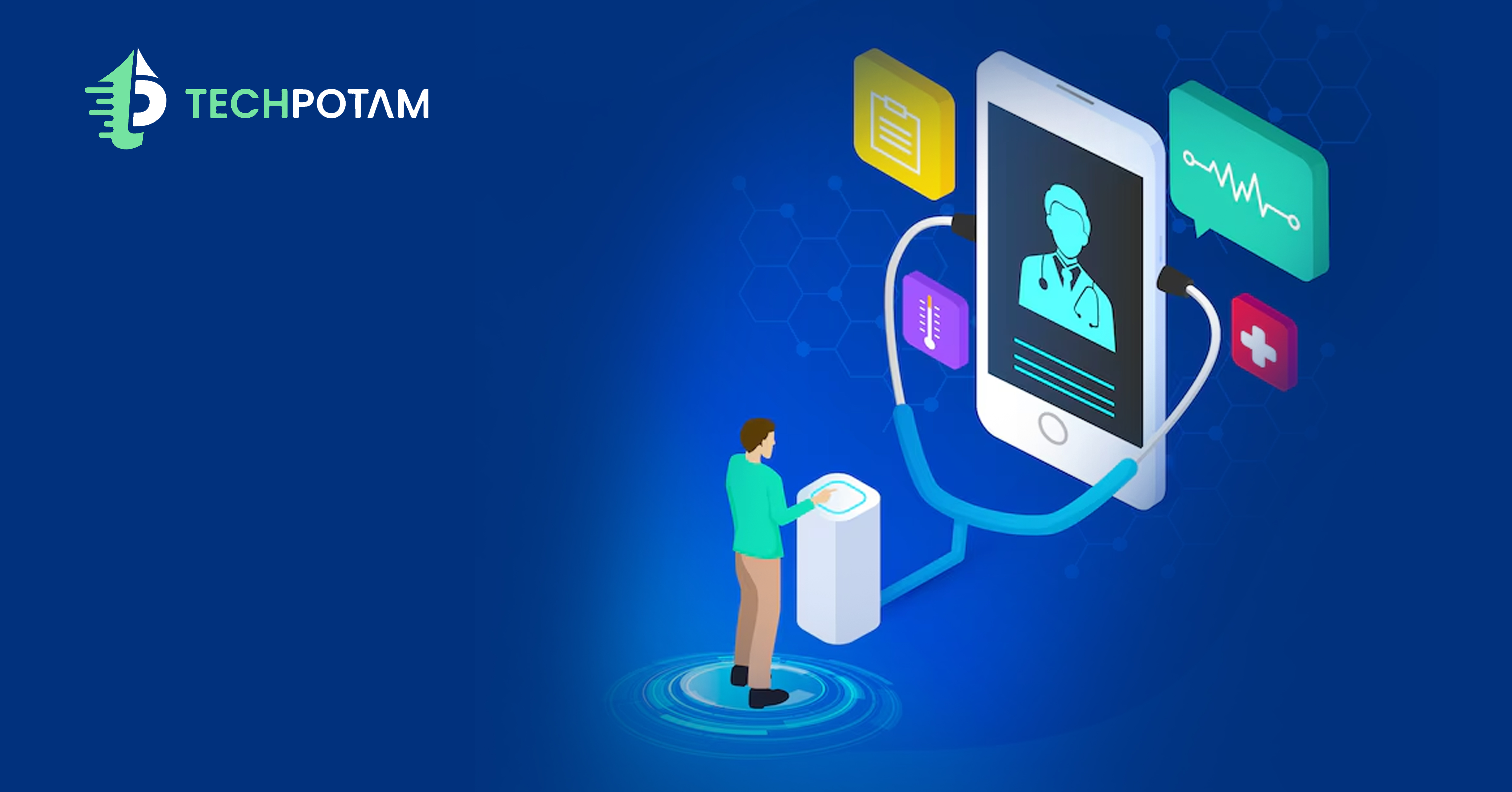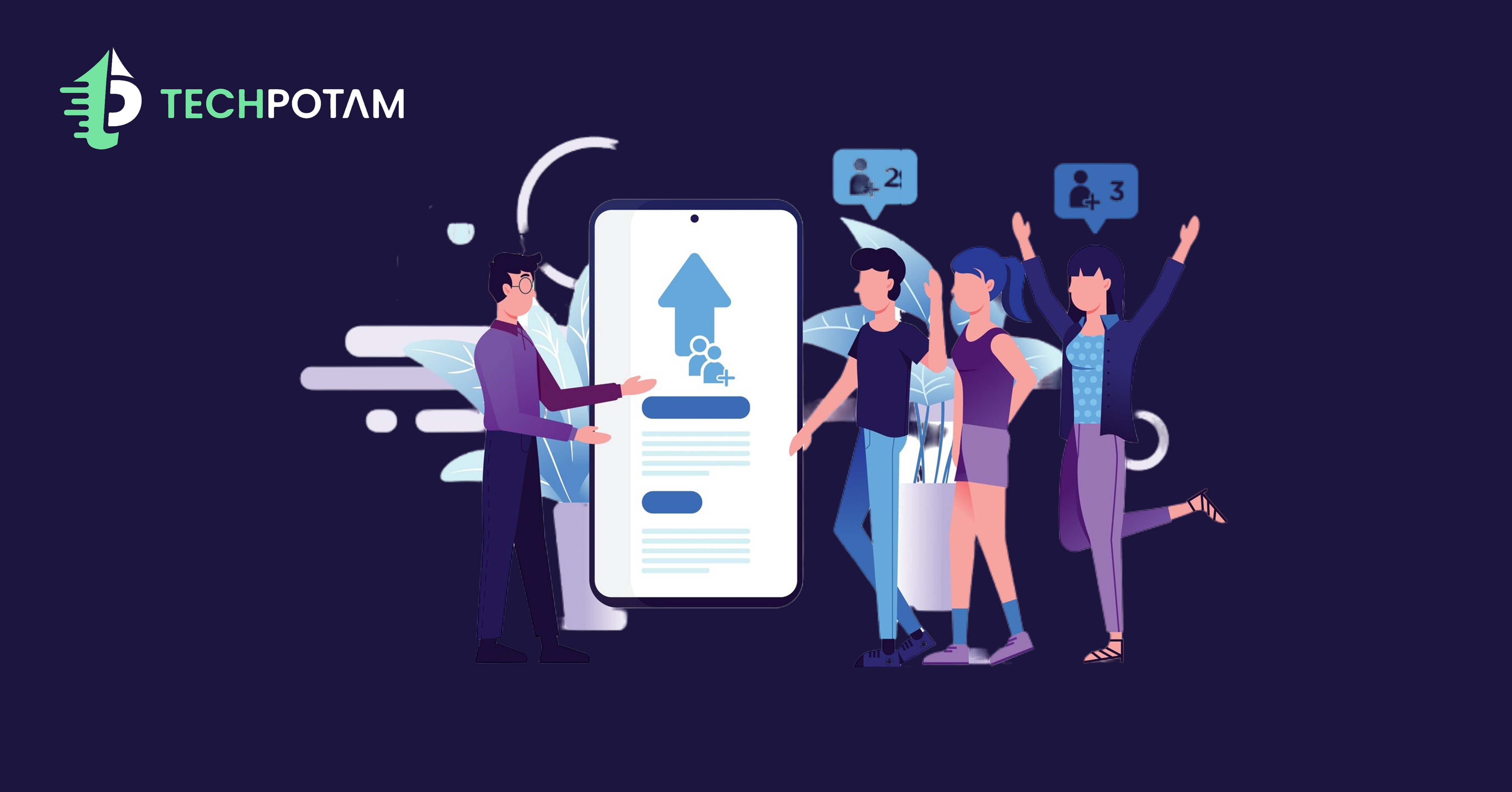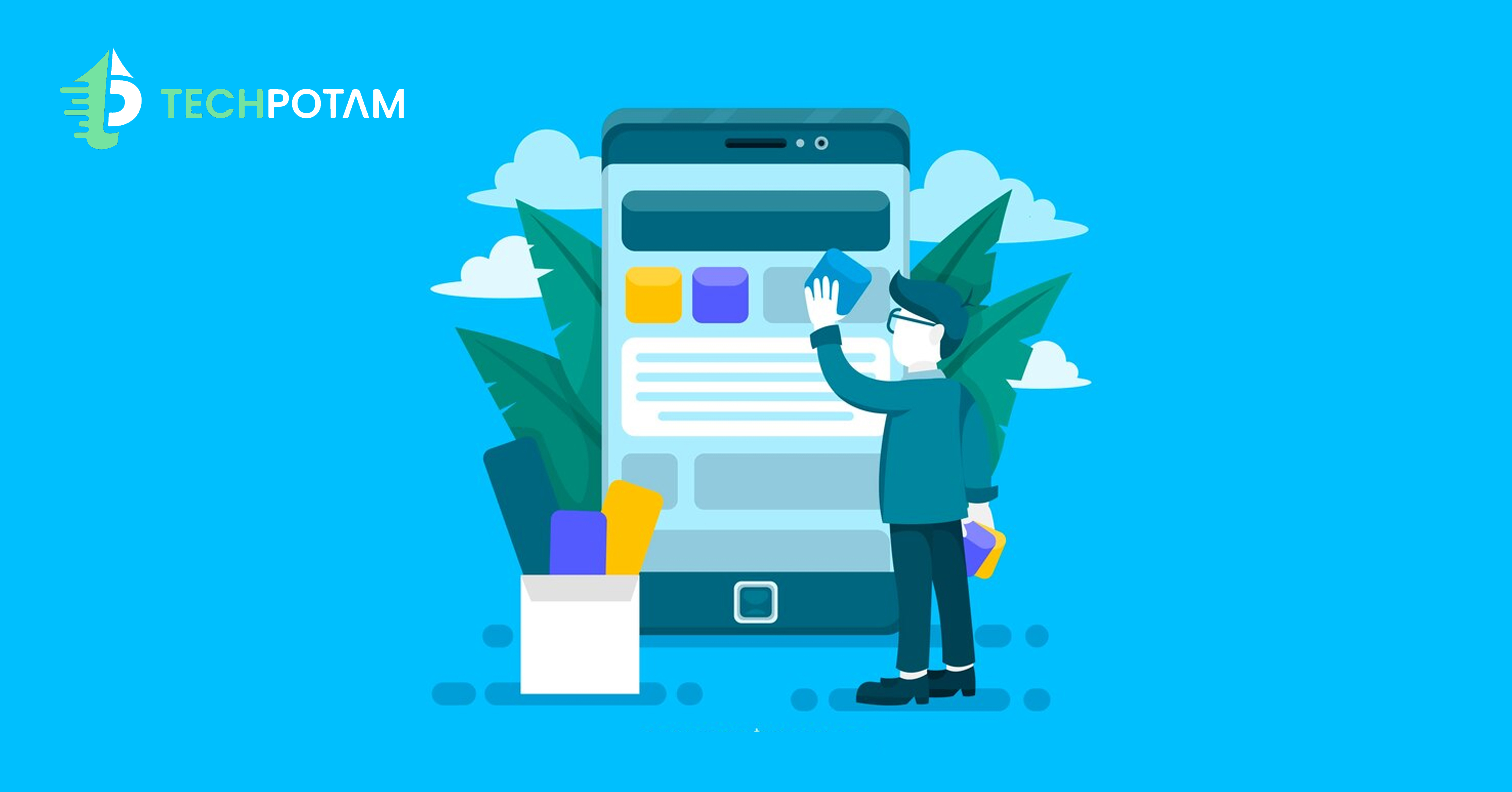
Mobile Application Development for Businesses: A Complete Guide
In current ultramodern times, people, businesses, and many sectors can develop dynamic applications and use them to gain flexibility in their personal lives, jobs, and business domains. Positively, there are no limitations on Mobile Application Development that meet your demands and specifications because they are widely available, and making an app now costs a lot less than it did in the past. Applications are created and used by a variety of industries, including retail, enterprise, automotive, electronics, health, education, construction, and telecommunications. These programs maintain a comparatively simple workflow and operations for these businesses. What about its evolution, though? What is the complexity level of the application development life cycle? Going back a few years, the process of developing applications was challenging. On the other hand, in this digital age, creating an application has grown easier. So don’t worry; we’ll guide you through the principles of application development and all the information required to create one. Let’s start with the basics! What is Application Development? The process of planning, creating, testing, and iteratively improving software applications for use on certain platforms, such as the web or mobile devices, is known as application development. Transforming an idea into a user-friendly, cross-platform application requires technical know-how, creativity, and a problem-solving methodology. Web programming languages such as HTML, CSS, and JavaScript are used by app developers to create high-performing, responsive applications. Numerous kinds of application software enable individuals and organizations to streamline processes and increase output across various domains. These domains encompass daily discourse, correspondence, expense computation, arranging gatherings and summaries, among numerous other aspects. The processes in any application development process are the same: collecting information in accordance with the needs of the customer, developing prototypes, testing, implementing, integrating, etc. The Application Development Life Cycle (ADLC) is the term given to the entire process, which aims to finish the app development project as quickly and efficiently as feasible. Nonetheless, several application development approaches are employed to carry out this procedure. Why is Application Development Important? Building applications is essential these days due to its many uses and benefits. There are a plethora of unique apps and development styles available worldwide, including as desktop, online, and mobile development. Businesses or their employers use off-the-shelf or custom application development services to fulfill their unique demands. Consequently, a variety of application development approaches, including Agile and Waterfall, Rapid Application Development, and many more, can be applied to accomplish a range of objectives. Significant Advantages of Application Development Businesses can effectively manage their tech-biz portfolio by utilizing the best software when they have strong application development software. The following are the top four advantages of application development: Customization: With application development, you may design custom apps that can be modified to fit the particular needs of your company. It is possible to incorporate features and functionalities that store-bought solutions might not provide. Tailoring solutions is essential for addressing certain issues and streamlining procedures. Integration: Workflow can be automated and data exchanged is made easier by applications that are made to be easily integrated with current systems and technologies. Businesses can improve operations by maximizing the use of their current infrastructure thanks to this integration capability. Performance: Through strategies like code optimization, database tuning, and caching, using bespoke apps can maximize performance, resulting in quick response times, effective resource use, and enhanced user experience. Innovation: By helping businesses to come up with original concepts and choose which technologies to use, application development can act as a springboard for innovation. Companies may unleash their creativity and generate fresh concepts to propel corporate success with the help of custom-developed apps. Consequently, this fosters an inventive culture within the company. Let’s move on to the following portion of our post to learn about the various kinds and subtypes of application development as well as creative problem-solving techniques and industry best practices for creating effective applications. What are The Different Types of Application Development? People utilize three different kinds of applications all throughout the world. Let’s examine each of these many forms of application development separately. 1. Development of Web Applications Web application development is the process of developing web apps using the top application development platform. Users download these applications from the internet, and they kept on remote computers. Every time a business wants to connect with customers worldwide through the internet, they create a custom web application. Web applications are dynamic, web server-based pages with user input capabilities. Because the web application hosted online and accessible through a web browser, it differs from other applications. They are also less expensive, easier to backup, and more secure than others. Native programs, which are installed on a device’s platform and made especially for it, are frequently compared with these apps. 2. Development of Mobile Applications Mobile application development is the process of creating mobile applications that can run on various mobile platforms. A mobile platform is an operating system for mobile devices, to be more precise. These platforms have different guidelines, restrictions, and requirements for developing mobile applications. Since they are knowledgeable about the specifics of each platform, seasoned mobile app developers handle the task with ease because it is just not feasible to design an application and port it to every platform. I’m really grateful to those developers! Let’s now examine the various approaches to developing mobile applications. A native app: what is it? An application that runs specifically on a mobile device, such as an Android phone, iPhone, Windows phone, etc., is referred to as a “native app.” These apps are designed specifically for a certain platform or operating system (OS). A mobile web app: what is it? Mobile web apps are made especially to be used with mobile devices. Websites may be made much more mobile-friendly with web applications. These work like native applications and are accessible through a mobile browser, so they can be accessed on any mobile device. A hybrid app: what is it? Hybrid applications are essentially a combination of native and online applications.





